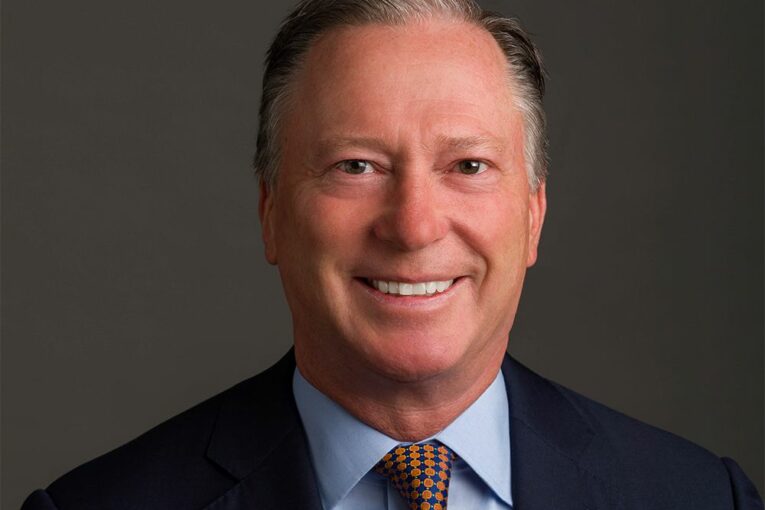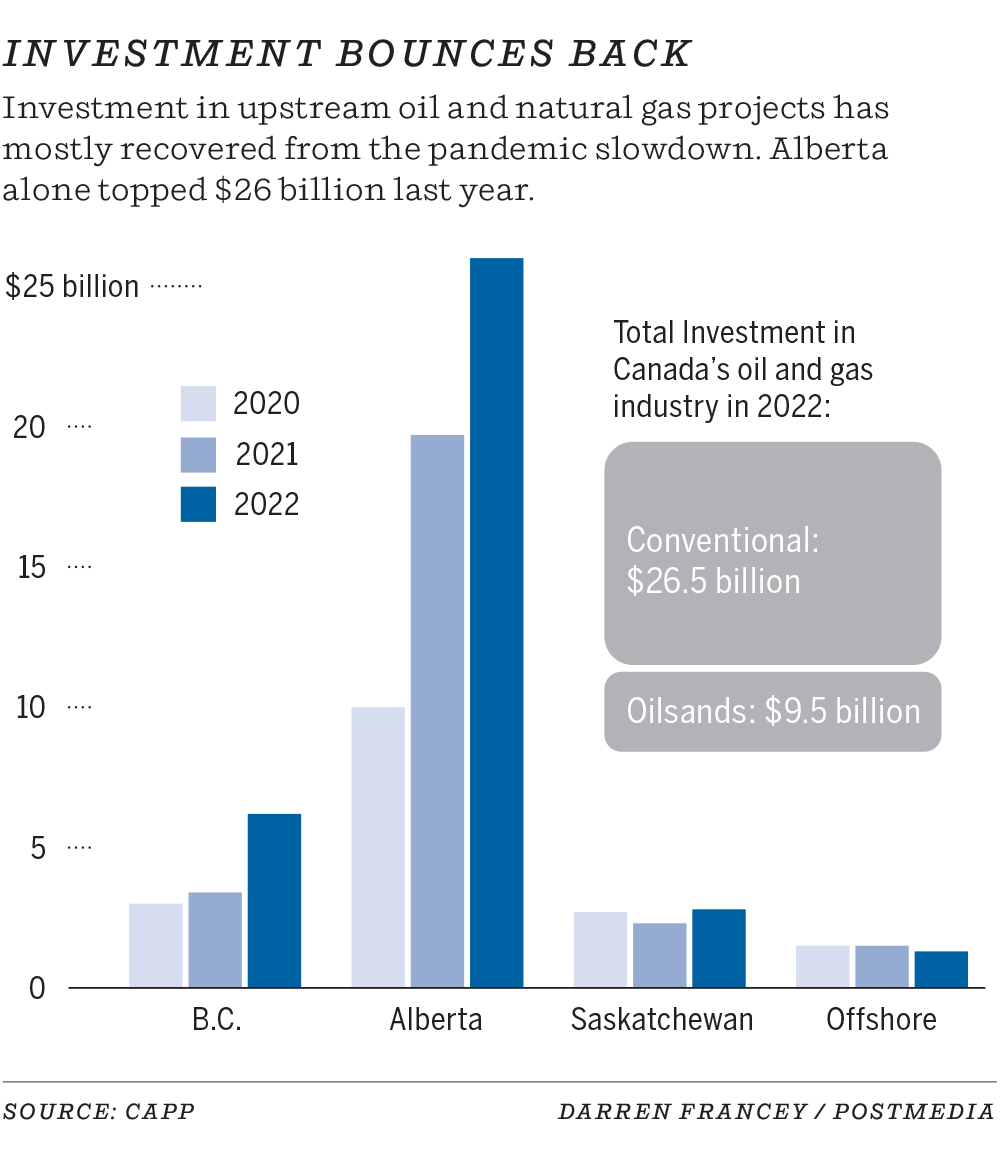
Canada’s economy geared down in December as a recession looms, yet it hasn’t derailed energy investment or growth expectations for Alberta.
And that underscores a fundamental point: the world continues to use more energy, but increasing production — along with meeting the need to prepare for a low-carbon future — will require massive capital investments.
Two announcements and a report issued Wednesday underscored that point, including a new forecast that oilpatch capital expenditures are projected to climb by 11 per cent this year.
Meanwhile, pipeline giant Enbridge mapped out $3.3 billion in new investments and bought a stake in a U.S.-based renewable natural gas developer.
“It really hasn’t slowed it down,” Enbridge CEO Greg Ebel said when asked about the effect of the economy decelerating on the company’s investments into energy transition projects.
“It would take a really dramatic recession . . . Energy is going to keep going up and therefore I think new energy technologies equally so. I don’t see that as a challenge.”
On Wednesday, the Canadian Association of Petroleum Producers reported upstream industry capital expenditures in the country will rise by $4 billion this year to reach $40 billion, eclipsing pre-pandemic spending levels.
Oilsands investment, which peaked almost a decade ago, is projected to reach $11.5 billion, up 21 per cent. Conventional oil and gas spending will hit $28.5 billion.
“We’ve reached a significant milestone. We have reached pre-COVID levels of investment,” CAPP chief executive Lisa Baiton said in an interview.
“World demand for oil and natural gas is not going to disappear. And it also underscores the industry is very committed to putting money toward really key projects on GHG emissions reduction.”
In Alberta, industry spending is anticipated to grow by about eight per cent to $28 billion, while rising to $7.2 billion in British Columbia. Spending in Saskatchewan and Newfoundland and Labrador will remain flat.

An even more optimistic outlook arrived in Tuesday’s provincial budget.
It projected conventional oil and gas investment will increase by 19 per cent this year, while non-conventional investment will climb by almost 17 per cent.
“However, without any greenfield projects on the horizon, oil and gas producers will continue to focus spending on clean energy projects, debottlenecking and optimizing existing infrastructure,” it states.
The CAPP forecast includes spending by the sector on energy transition and emissions-reduction initiatives, which are increasingly becoming a key focus amid growing climate concerns.
The sector is looking at major investments into areas such as hydrogen, renewable natural gas (RNG) and carbon capture developments.
Enbridge, the country’s largest pipeline company, announced Wednesday its growth strategy includes $2.4 billion to modernize its natural gas transmission systems, plans for a US$240-million oil terminal in Houston, and acquiring U.S. Gulf Coast gas storage assets for US$335 million.
It’s also invested US$80 million to acquire a 10 per cent stake in renewable natural gas infrastructure firm Divert Inc.
Enbridge said the deal includes an option to invest up to $1 billion in projects that will convert waste food into renewable natural gas in the U.S.
You can read more of the news on source
